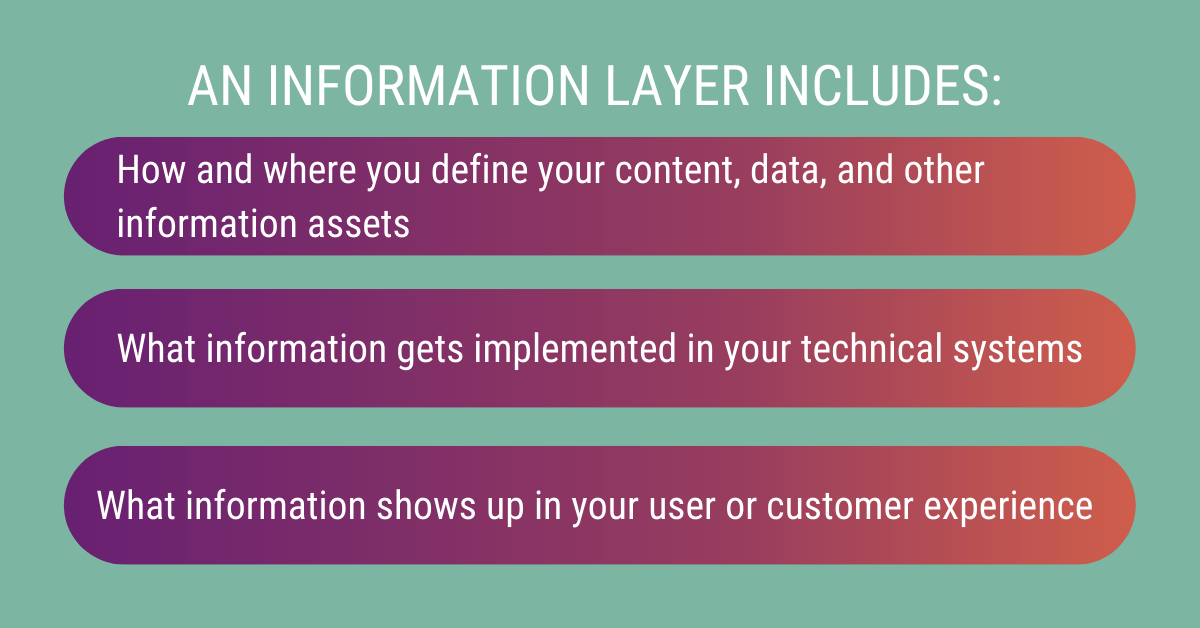Digital Content Management Overview
Bill Gates’ famous assertion that “content is king” is an adage that, despite being easily agreed upon as true by customer-focused organizations, poses a difficult challenge to realize in practice.
Despite the importance of content creation, management, and promotion, enterprise operations still face content challenges. According to a 2019 survey from the Content Marketing Institute, content professionals in enterprise settings operate amongst “thousands of employees…across multiple brands, product lines, office locations, and functional silos”.
Unsurprisingly, the majority of respondents cited department silos and the coordination of content efforts across departments and brands as the two greatest hurdles they face. This translates into a detriment for the business: only half of enterprise content professionals surveyed report delivering correctly timed, personalized content to the correct audience or crafting content based on the customer journey.
The data quality issues that cause poor content personalization and delivery often stem from an organization’s lack of an enterprise marketing taxonomy and, more specifically, a governed information layer. Read on to learn how applying governed metadata at key stages of your content lifecycle helps you avoid inconsistent brand experiences, time lags, and wasted budget for your business.
What is digital content management?
At its simplest, digital content management refers to the lifecycle of content across an organization. I won’t go into the details of each stage of content management but the efforts and processes to create, manage, distribute, publish, and retrieve digital assets can all generally be included in the definition. Much of what I’ll refer to here can be narrowed into web content management, which Gartner explains as a process to control content “over one or more online channels through the use of commercial, open-source or hosted management tools based on a core repository”. A couple of functions of content management are to aid personalization and content delivery.
Roles
There are many different roles involved in managing content including:
- Stakeholders
- Contributors
- Editors
- Publishers
- Site Administrators
Depending on the size of an organization, it may be a small group of people who fill these roles in the content cycle. In large enterprise companies, these roles are often filled by several teams and often agencies across the different brands, regions or channels.
Digital Content Management Systems
Enterprise companies that constantly create content rely on technology to create, manage, and store content. These two categories make up an incomplete list, but for this post include a Digital Content Management System (CMS) and a Digital Asset Management system (DAM). In e-commerce, a Product Information Management system (PIM) might also fall within this category to handle product details as opposed to content asset information. You can check out Gartner’s 2019 assessment of Web content management vendors for a detailed comparison of competitive content management solutions.
The 3 Most Popular CMSes
A CMS is primarily used to create, edit, and contextualize content for publication. Popular solutions include:
*Note: Drupal is technically a content management framework
Many CMS provide web hosting under the same brand, but these are two separate technologies. Web hosting for WordPress actually gets the content online, so its content can be discovered.
Popular Digital Assessment Management Systems (DAMs)
DAMs are used to store and organize content (with the intention of retrieving, repurposing, or managing access rights later). Popular solutions include:
Why is metadata important to content management?
Metadata is the context for all your data. In the case of content, this applies to anything a user or customer might interact with. For example, this could include a URL, image, video, or any component of an experience you might create. When businesses prioritize the proper application of metadata in their management process, they unlock the full value of their content. Part of this is realized by making it easier for analysts to use data from the DAM and understand content ROI. Ultimately, it’s metadata that transforms a piece of content into an asset for the business.
While it’s more common to hear about digital experience metadata in the context of launching a campaign, this metadata plays an equally important role from the moment a piece of content is requested, through to the creation of a digital experience. An experience involves many elements, including products, creative, digital media assets, marketing channels, tactics, audiences, segments, offers, etc. Many enterprises lose out on the value of these content components by failing to consistently apply metadata – whether in their digital asset management (DAM) software, content management system (CMS) or elsewhere. For example, if the way you describe each experience is different, you can’t compare them. The impact on content management includes lack of asset utilization, confusing site navigation, and partial data for personalization (not to mention a huge headache for analyst teams attempting to dissect and derive meaning from context-less data).
Your information layer
Our friends and information architecture experts at Factor Firm talk about the big picture of metadata. A business’s information layer is the layer of metadata that sits between a companies’ tech stack and their experience layer (which includes all the elements that a customer interacts with).

Elements in the information layer
Similarly to the content professionals surveyed, this information is also scattered across systems, processes, and teams. Unifying an organization’s information assets allows the business to align around one voice and a common vocabulary. This will become especially critical as leading brands move to optimize their content, leverage AI, information science and predictive content management. Companies that do not neglect their information layer resolve many of the content management issues reported by enterprises, create operational efficiency, improve content strategy and search, and allow the business to analyze performance in real-time.
Governing your content metadata
You may be thinking ‘we already tag and use metadata in our content management process’ or ‘my organization already has a defined taxonomy’, and that would make sense. We work with a lot of organizations that have started to tap into this process.
Unfortunately, a lot of information is lost in translation when you try to manage content across a complicated enterprise without governance in place. For example, digital marketing and content teams (who may not even be in the same country) can tag or personalize content but may leave out data because they’re siloed from content strategists, whose priority and expertise may be the brand voice. Many organizations believe that it’s easy enough to standardize and run ETL processes at the end of a campaign, but in reality, data is lost and time is wasted in content cycles and back-end data retrieval.
While it may seem simple to let each team provide the metadata for their content, there are a few key elements to governing your content metadata:
- Centrally define a taxonomy for content (across the organization)
- Introduce a standard, enforced process for tagging and creating content.
- Engage a solution to automatically validate pages, marketing tags, and data readiness. This step is overlooked more often, but it’s a step you can’t go back and solve after an experience goes live.
- Manage the data formats and data flow across your marketing ecosystem from a central location
Governance around tagging

To provide context to governing content metadata, I’ll provide an example of a customer who applied this process earlier in the year.
Content creation workflow with governance applied
This fortune 50 tech manufacturing company invests billions of dollars into their marketing engine, including a complex stack of marketing tech. Initially, they were losing money and work hours because of the inconsistency of information across their complex teams and systems.
Initially, they mapped their taxonomies and the systems they were implemented in and built a common vocabulary that defined terms and core concepts. In this case, they chose our solution to centrally define and share this enterprise marketing taxonomy.
Usually, teams without governance would publish content and apply tags, title, description, search keywords, other custom fields, and metadata without an authoritative system to control business logic around it. Valuable metadata was being created (or not) by people separated from the group who knows the most about the content and its context.
Now, when a new piece of content is created, each author goes through the process of entering the content details into Claravine based on the defined taxonomy. Once the data is successfully entered, a new workflow is triggered for the content publishing team to leverage the metadata. Finally, once the content is reviewed and validated, the page is pushed live through their content management system. Ultimately, their ability to apply governed metadata save time and money by decreasing launch time and approval cycle length and connecting data appropriately into analytics systems.
Conclusion
Ultimately, an enterprise content management process needs to meet the demands of the complex enterprise system (accounting for its employees, business function and tech stack). By making everyone create a taxonomy in a centralized environment, you ensure that the full scope of metadata is there and nothing is missing during the content creation process, misspelled, misunderstood by outsourced units, and ultimately unused or unfindable. Adding an additional layer of governance to your content management process will streamline content creation, facilitate seamless communication between remote teams, and allow you to get the most value out of your content.




